It is possible for any person to be positive in normal circumstances, but real strength appears when a person faces a challenge in life and thinks positively. So how do you turn negative thinking into positive? In this book, there is an analytical study that helps you turn negative thoughts into positive ones, teaches you how to achieve inner peace and psychological calm, and introduces you to the Ten Commandments of Thinking.
Thinking strategies
د.ا2.56د.ا3.55
Demonstrates effective methods for developing positive thinking, achieving goals, and overcoming challenges through practical strategies that promote success and personal development.
| Categories: | Economy and business, Human Development, Psychology, Sociology |
|---|---|
| Tags: | economy, Human Development, Psychology, Sociology |
| Author | |
|---|---|
| Year |
You may also like…
-
Uncle Tom’s Sons
د.ا5.68It is a novel that tells the story of the struggle of blacks in America with racism and the harsh conditions they face, through the life of the character Tom the slave.
د.ا7.10 -
Anna Karenina
د.ا8.52It tells a tragic love story that reflects the social and psychological conflicts in Tsarist Russia.
د.ا9.94 -
Stones on the Chessboard
د.ا5.11It is a book that deals with conspiracy theories about the control of the global elite over political and economic events throughout history.
د.ا5.68 -
time machine
د.ا4.97Arabic / English
I rushed through space like a shadow pursued by a merciless light.د.ا5.68
Related products
-
The Prophet
د.ا3.05Gibran’s literary style was characterized by smooth words, simplicity of expression, the use of all linguistic formulas and styles, and the frequent use of metaphors and figures of speech. Perhaps the most important feature of Gibran’s literary works is creativity in the art of photography. We find many beautiful, imaginative artistic images full of deep meanings and expressions covering his literary works; because he was an artist and painter who initially depicted the idea and then created it. Gibran relied on two styles in his literary works: the first is characterized by strength and revolution against beliefs and customs and the call for freedom, and the second is characterized by the love of enjoying life and the call to follow inclinations
د.ا4.26 -
Being and nothingness
د.ا2.13The Book of Being and Nothingness is a book written by Dr. Mustafa Mahmoud in which he talks about that all causes belong to God. He owns it. He is the one who brings it, he is the one who drives it, and he is the one who harnesses it. He is the one who established the law of causation
Reasons do not harm themselves and do not benefit themselves. But it is in all cases a manifestation of His will that harms His ear and benefits His permission. And if he wishes, he will cause damage to it or without it. And if he wishes, he will stop it from doing as he stopped the fire from burning Abraham – peace be upon him
There is always wisdom behind prevention, giving, guidance, and delusion. God’s will and guidance are always based on decency and readiness in the servant. The slave has the initiatives, the clearance of intention and the orientation that nominates him for giving or deprivation. God’s giving is conditional. Also, deprivation is reasoned and not coercive, coercive and arbitrary.
د.ا4.26 -
Novelties and curiosities
د.ا2.13Gibran’s literary style was characterized by smooth words, simplicity of expression, the use of all linguistic formulas and styles, and the frequent use of metaphors and figures of speech. Perhaps the most important feature of Gibran’s literary works is creativity in the art of photography. We find many beautiful, imaginative artistic images full of deep meanings and expressions covering his literary works; because he was an artist and painter who initially depicted the idea and then created it. Gibran relied on two styles in his literary works: the first is characterized by strength and revolution against beliefs and customs and the call for freedom, and the second is characterized by the love of enjoying life and the call to follow inclinations
د.ا3.55 -
How to Win Friends and Influence People
د.ا4.97Carnegie had been conducting business education courses in New York since 1912.[3] In 1934, Leon Shimkin, of the publishing firm Simon & Schuster, took one of Carnegie’s 14-week courses on human relations and public speaking, and later persuaded Carnegie to let a stenographer take notes from the course to be revised for publication.[3] The initial five thousand copies of the book sold exceptionally well, going through 17 editions in its first year alone
د.ا7.10 -
I saw God
د.ا2.13I saw God is a book written by Dr. Mustafa Mahmoud in which he talked about the journey of one of the Sufi imams, Muhammad bin Abdul-Jabbar bin Al-Hassan Al-Nafari, through his book Positions and Correspondences, which is one of the main pillars of Sufism. The role of Dr. Mustafa Mahmoud in this book is to comment only on what came from the book of positions by Al-Nafari, and this book clarifies many things and questions about some Sufi ideas through this journey that Dr. Mustafa Mahmoud offers us to one of their imams, and these things include: divine love and the relationship of the Sufi with God, and so on. The book takes the reader on a luminous journey of meditation, spirituality and the monologue of God.
د.ا4.26 -
The Power of Now; The Guide to Spiritual Enlightenment
د.ا4.97The Power of Now emphasizes the importance of living in the present moment to achieve inner peace
د.ا6.39 -
Password
د.ا2.13The Password Book is a book written by Dr. Mustafa Mahmoud in which he talks about the secret of misery and suffering that we incur in our lives. And about the reason for the corruption of society. It confirms that we are punished with this hardship in our lives because we have forgotten God and drowned in worldly desires.
د.ا4.26 -
Brides of the Meadow
د.ا2.13Gibran’s literary style was characterized by smooth words, simplicity of expression, the use of all linguistic formulas and styles, and the frequent use of metaphors and figures of speech. Perhaps the most important feature of Gibran’s literary works is creativity in the art of photography. We find many beautiful, imaginative artistic images full of deep meanings and expressions covering his literary works; because he was an artist and painter who initially depicted the idea and then created it. Gibran relied on two styles in his literary works: the first is characterized by strength and revolution against beliefs and customs and the call for freedom, and the second is characterized by the love of enjoying life and the call to follow inclinations
د.ا3.55
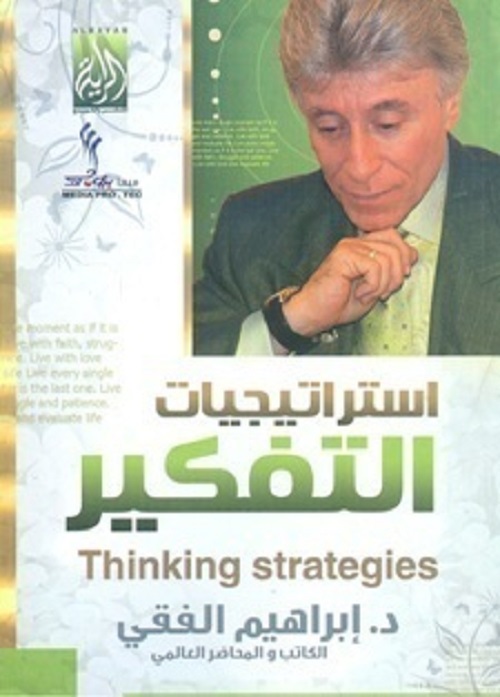
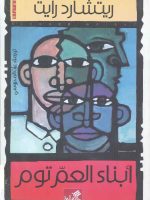

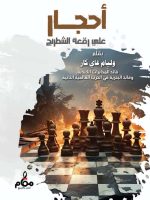

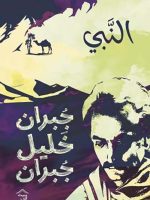
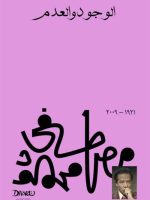
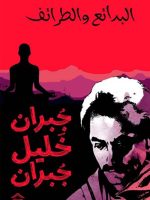
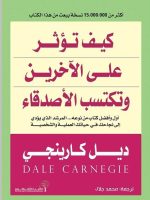
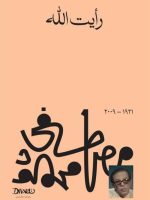
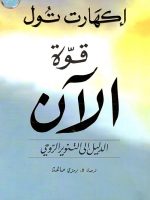
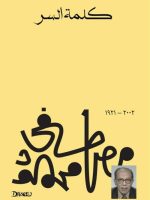
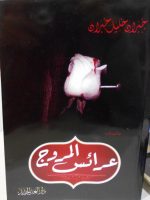
Be the first to review “Thinking strategies”